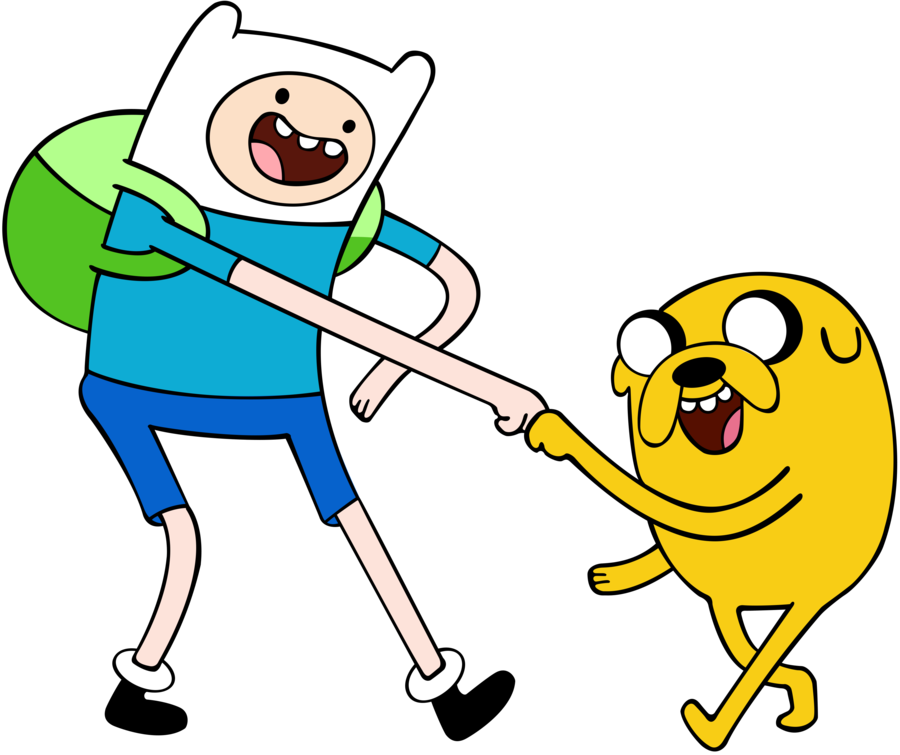Starting the week i got on to designing and colouring the backgrounds for my animation, whilst drawing with flat colours i thought about what i can add to the scene and how i could use the assets for other angles (7 different angles). from looking at what I've created it just did not look right and was taking to long to make backgrounds which i'm starting to think of an alternative way to make the backgrounds work with the character.
here is an example of the flat background iv'e made so far:
I've been influenced by the colours from the photographs i took by colour picking and changing the saturation to make the colours brighter and blend well with the colour palette for my main character, i hope by next week i would have made a conclusion as to what i want to do for my background.
I've also have made a new character design sheet which now showcases that my character is an artist ready with her bags to go to an art convention to sell her art. The reason as to why i gave her a casual look and is holding loads of things such as bags is to show, its to showcase that shes a mature adult. heres the character design sheet
here's the finished character design, as you can see the character looks older with casual clothes and she looks like a creative character which is what i wanted to portray. On the right of the character design is the colour pallet which i thought about carefully an stuck with tertiary colours which fits warm and cold colours together.
hope to start animating by next week and have enough time to create a draft animation which i can line and colour which im looking forward to, so that i can concentrate on the character's narrative. I mostly want to focus on my main characters expressions so that the viewer can feel the emotions going through her situation of missing the bus without having any dialogue.
------- Artist research 365 day's of sketching by Atey Ghailin
This book is very inspirational when i found out about it from one of my friends, the artist challenged himself to draw within 2 hours everyday for a year; this was to try practicing story telling as said in his sketchbook, this was because hes a professional game artist working at Riot games. this intrigued me when first reading about it and then i looked at his concept drawings and i could not believe that the artist was able to draw such amazing concept art within two hours which he explains throughout the book by tutorials.
One of the main interests in this book is the way he uses colours in that he has a main colour which is apparent and then is able to use other colours that work, which i want to understand for this project. The reason as to why colour is important for this project is to figure out what colours work together and is pleasing to the eye, heres an example :
If i could understand how Atey or rather how colours work together, i would be able to make my backgrounds and characters fit well in a composition which is what i want to achieve with this project from finding out about this book, it has inspired me to experiment more with hard brushes rather then the air brushy soft brushes that i like to use for most of my compositions.
I hope i could get the understanding whilst experimenting and looking more into Atey's drawings through his sketch book and socials websites which he highlights at the front of the book after the first page.
Here's the book cover and some of my favorite pieces which has inspired the colour choice i have gone with for my project:
I've also looked at the way his lighting works in these images which has given me a develop understanding which i hope to showcase in the animation, lighting is very important and i want to hopefully get the right lighting to give depth to the character in the scene which I'm animating.















































